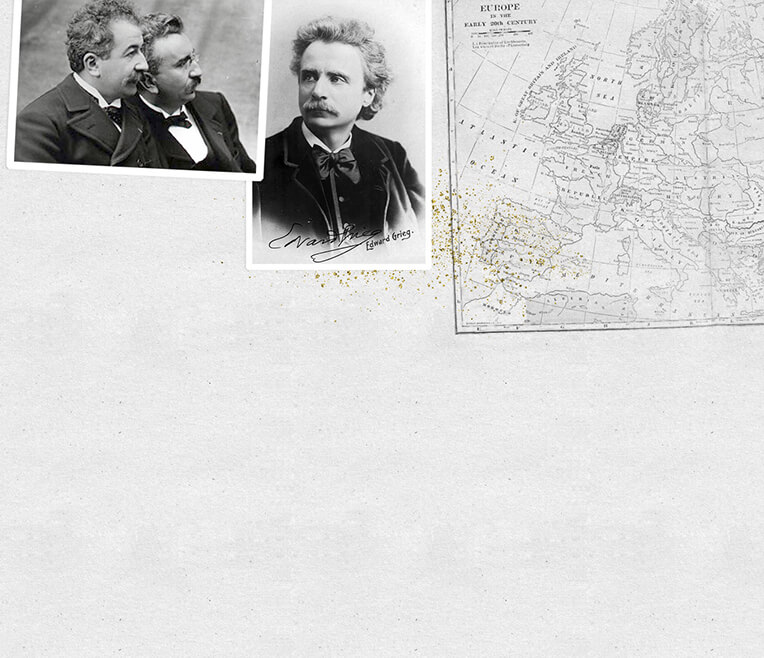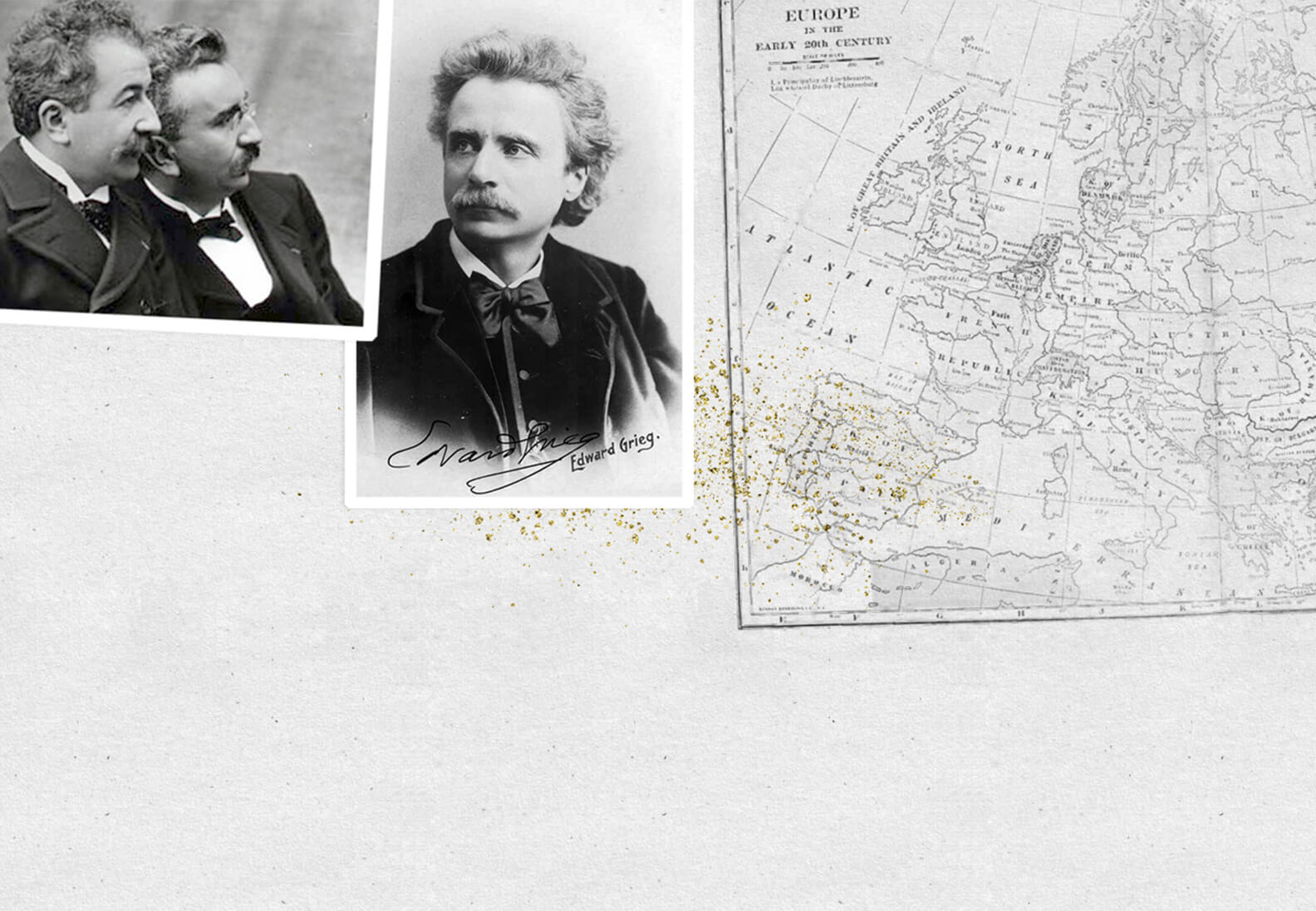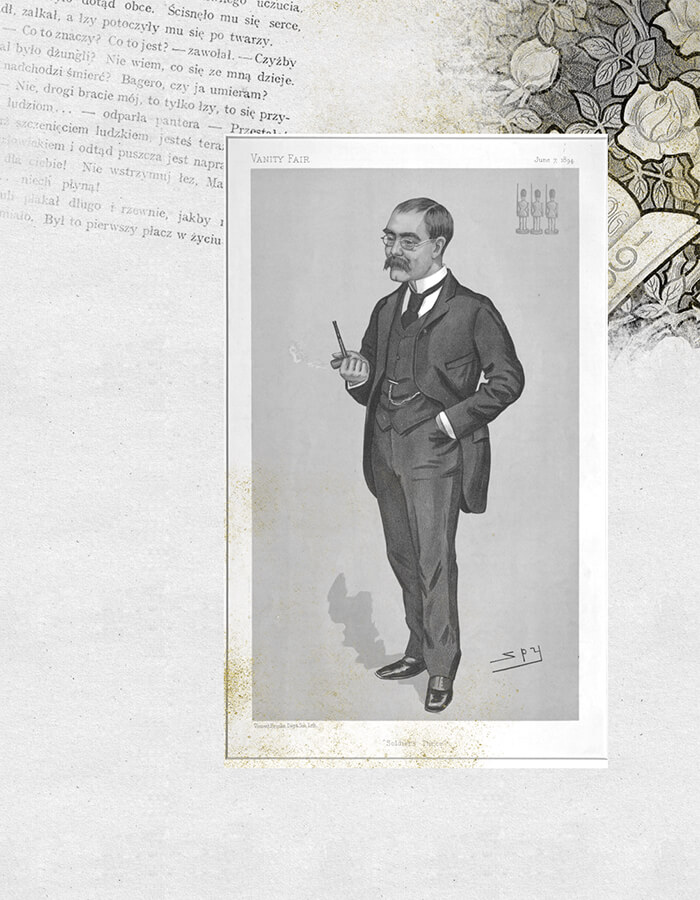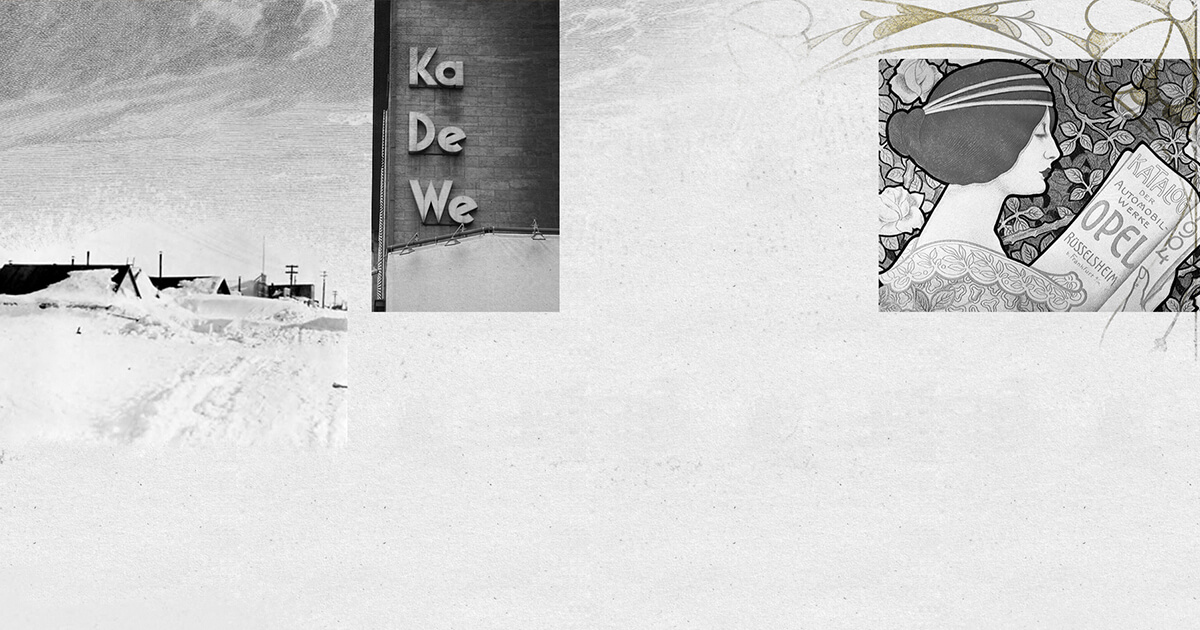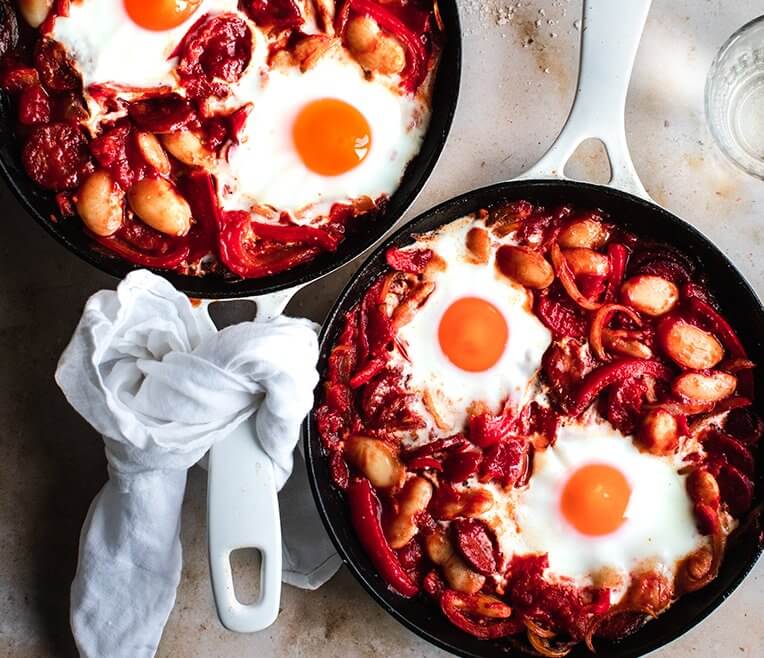
The Year 1907 – When Gustav Klimt painted »The Kiss«
What happened in the year 1907 during which our title painting »The Kiss« was made? What were the biggest news? What kept people occupied every day? For our series »The year X« we take a closer look at these questions and bring the numbers back to life. Different areas of life come together: politics and history as well as arts, meteorology and public life. Elisabeth Stursberg pieces together the historical context of the painting and shows the small and big connections.
This time: the year 1907.
- Text: Elisabeth Stursberg
The Year 1907
When Klimt painted »The Kiss«
What was happening during the years in which our main artwork for this issue, Klimt’s »The Kiss« was created? What was in the news, what was occupying people’s minds, and which developments determined daily life, or not? In our series »The Year X« we want to take a closer look at certain years and fill the numbers with life. All the different areas of life play a role here: politics and history, arts, meteorology, the public sphere. We reconstruct the historical context of the artwork to paint the bigger picture.
Politics I
It had been decided upon in 1905 and on 2 January 1907, the law entered into force: In France, there was then a strict separation between church and state. While many fellow European states still had an official state religion, the French were set to go the opposite way with Laïcité. The varyingly strict interpretations were all guided by the same underlying intention: The new order would affirm religious freedom and guarantee equal treatment for all citizens by a neutral state.
Weather I
Europe was groaning under a cold spell which covered many regions under a thick layer of snow until well into February.
Economy & Society
Berlin, 27 March: The Kaufhaus des Westens (»Department Store of the West«, KaDeWe) opened its doors for the very first time. It was the new jewel in a line of exclusive department stores that popped up in various cities since the concept had been invented in Paris around the middle of the 19th century. The »department store« as such had not only evolved into a lively meeting point and focal point of society, it was also a symbol of changing consumer habits in the era of emerging capitalism.
Art & Society I
It was also the era of rapidly progressing industrialization, and the development of art nouveau as a prominent style expressed city dwellers’ new longing for nature as a consequence of this industrial drive. But nature came in notably controlled and perfected forms and designs, as illustrated by the emergence of a new horticulture. The garden was then about culture, not nature. The 19th century had preferred soft, organic forms and a mixed use of space while the new style was all about strict geometry and thus reminiscent of Italian Renaissance whose seductive clarity was inspiring garden lovers in 1907.
History & Politics I
East Asia, 19 July: Japan, in accordance with Russia, annexed Korea and south Manchuria, while Russia obtained the north (Manchuria is the north-eastern part of what is today the People’s Republic of China). Korea had been a Japanese protectorate for the past two years, but was then being taken over for good. King Gojong was forced to abdicate and Korea entering into what would become decades under Japanese colonial rule – officially until Japan’s capitulation in 1945.
Research & Publications
Photography had made decisive progress since the 1840s and photos had since become a popular medium. There were various techniques for colour photography and the brothers Auguste and Louis Lumière were by far not the only ones feverishly researching new possibilities. They were, however, the first ones who succeeded in bringing a simplified and commercially viable method, dubbed »Autochrome Lumière« to the market. In June, the brothers’ publication of colour photos on diapositives drew attention among the public and this helped to cement their pioneer status.
Art & Society II
Gustav Klimt was notorious for his, one might say, rather loose personal lifestyle as there were frequently rumours about affairs with his models. He himself remained unmarried. Were he to decide to get married, however, he would remain loose as well. Unlike, for instance in Germany, where there was the novel possibility of civil marriage, Catholic Austria-Hungary was still clinging to the principle of »indissolubility of marriage«. But resistance was mounting. Vocal support for the reform movement was coming from various sides, one of them a magazine with the distinctive name »Die Fessel« (meaning »bond« or »chain«).
People
Edvard Grieg passed away on 4 September in Bergen, Norway He was a celebrated composer, in the eyes of many a Norwegian national composer, and this status would only be further validated during the upcoming century. Looking back, experts would attribute a »transformation of folkloristic elements into a chamber music or symphonic guise« (the music professor Finn Benestad coined this expression, translation here by the author) to Grieg’s works, and he would turn out to become hugely influential for the coming generations of composers.
History & Politics II
Europe, 31 October: In the increasingly overheating political climate on the European continent, France and the United Kingdom decided to let the Tsarist Russian Empire join their military alliance, extending thus their former »Entente Cordiale« into a »Triple Entente«.
Weather II
After a relatively mild spring season, extreme weather was back in time for autumn. There were repeated reports of heavy rain from various regions. In the Ticino region, torrential rainfall even caused the bursting of a dam. This did not lead to a white Christmas, however, as the temperatures surprisingly (or not) increased in many places around mid-December.
Literature
The Nobel Prize was only a few years old and this year, Joseph Rudyard Kipling was being honoured for his literary work. He was the first Englishman to be awarded the prize and, being in his early 40s, also the youngest honouree so far (he still holds this record today). Born in 1865 in today’s Mumbai, Kipling spent his life between India, the USA and England where he delighted the reading audience with his captivating, accessible and authentic stories. In their statement, the Nobel jury highlighted that Kipling was at the time already »world-famous« and praised the capacity for perception and narrative skills reflected in his work.



